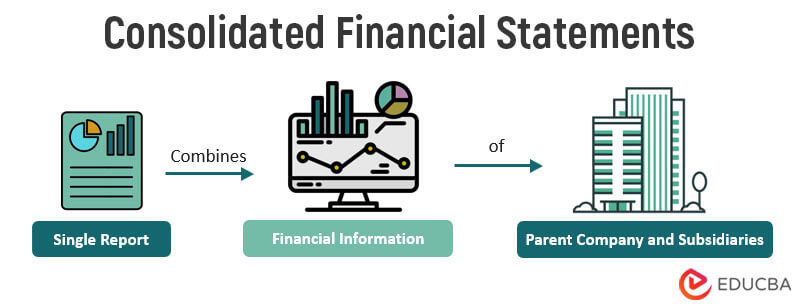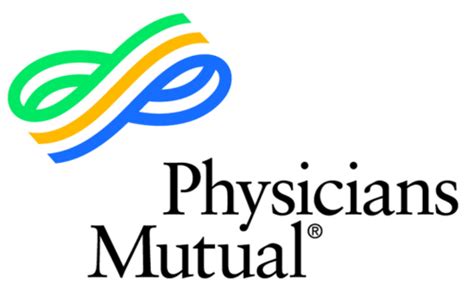How To Select Health Insurance

Choosing the right health insurance is a crucial decision that can significantly impact your well-being and financial security. With a multitude of options available, navigating the healthcare insurance landscape can be overwhelming. This comprehensive guide aims to provide an expert analysis, offering valuable insights and practical tips to help you make an informed choice.
Understanding Health Insurance Fundamentals

Health insurance is a contract between an individual and an insurance company, where the insurer agrees to cover a portion or all of the policyholder’s medical expenses in exchange for regular premium payments. It’s an essential tool for managing healthcare costs, ensuring access to necessary medical services, and protecting against unforeseen medical emergencies.
The primary goal of health insurance is to provide financial coverage for medical treatments, prescriptions, and preventive care. By spreading the risk across a large pool of policyholders, insurance companies can offer affordable coverage, making healthcare more accessible to the general population.
Key Terms to Know
- Premium: The amount you pay regularly (usually monthly) to keep your health insurance coverage active.
- Deductible: The amount you must pay out-of-pocket before your insurance coverage begins. Higher deductibles can lead to lower premiums.
- Copayment (Copay): A fixed amount you pay for a covered medical service, typically at the time of service. Copays can vary depending on the type of service.
- Coinsurance: This is your share of the costs of a covered health service, calculated as a percentage of the total cost. For instance, you might pay 20% coinsurance for a specific service.
- Out-of-Pocket Maximum: The maximum amount you’ll pay in a year for covered services. Once you reach this limit, your insurance covers 100% of eligible expenses.
- Network: A group of healthcare providers (doctors, hospitals, etc.) with which your insurance company has negotiated rates. Using in-network providers typically results in lower costs.
- Exclusions and Limitations: These are specific services or treatments that your insurance plan does not cover.
Evaluating Your Health Insurance Needs

Selecting the right health insurance involves considering various factors, including your personal health status, financial situation, and future healthcare needs. Here are some key considerations:
Assessing Your Health
Start by evaluating your current and potential future health needs. Consider any ongoing medical conditions, prescription medications, and regular doctor visits. If you have a chronic illness or require specialized care, ensure that the insurance plan covers these specific needs. Additionally, think about your age and potential health risks associated with aging.
Financial Considerations
Health insurance can vary widely in terms of premiums, deductibles, and out-of-pocket costs. Evaluate your financial situation and determine how much you can afford to pay monthly for premiums and what your budget can accommodate for potential out-of-pocket expenses. Remember, while lower premiums might be attractive, they often come with higher deductibles and out-of-pocket limits.
Coverage Options
Health insurance plans offer different levels of coverage, from basic plans with limited benefits to comprehensive plans that cover a wide range of services. Consider the type of coverage you need. Do you prioritize coverage for preventive care, prescription drugs, or specialized treatments? Make sure the plan includes the services you anticipate needing.
Network Providers
Health insurance plans typically have networks of preferred providers, which can include doctors, hospitals, and other healthcare facilities. Check if your current healthcare providers are in-network. If you have a preferred doctor or specialist, ensure they are covered by the plan you choose. Out-of-network care can result in higher costs.
| Plan Type | Description |
|---|---|
| HMO (Health Maintenance Organization) | Requires you to choose a primary care physician and get referrals for specialist care. Typically has lower out-of-pocket costs but limited provider choices. |
| PPO (Preferred Provider Organization) | Offers more flexibility in choosing providers but may have higher costs. You can see providers inside or outside the network without a referral. |
| EPO (Exclusive Provider Organization) | Similar to PPOs but covers only emergency care out-of-network. Offers a balance between choice and cost. |
| POS (Point of Service) | Combines elements of HMO and PPO. You choose a primary care physician but can see specialists without a referral, although it may cost more. |

Additional Benefits
Some health insurance plans offer additional benefits such as dental, vision, and mental health coverage. Assess whether these benefits are important to you and if they are included in the plan or available as optional riders.
Comparing Health Insurance Plans
Once you’ve assessed your needs, it’s time to compare different health insurance plans. Here are some key steps:
Utilize Comparison Tools
Many online platforms and government websites offer health insurance comparison tools. These tools allow you to input your specific needs and preferences, providing a tailored list of plans to consider. Websites like Healthcare.gov or eHealthInsurance offer comprehensive plan comparisons.
Check Provider Networks
Ensure that your preferred doctors and specialists are in-network for the plans you’re considering. Out-of-network care can result in significantly higher costs.
Review Costs and Coverage
Compare the premiums, deductibles, and out-of-pocket maximums of each plan. Consider the balance between these costs and the coverage provided. Plans with lower premiums often have higher deductibles and out-of-pocket limits, so weigh these factors carefully.
Evaluate Coverage Details
Dig into the plan’s coverage details, including what’s covered and any exclusions. Look for plans that offer the right balance of coverage for your specific needs. Consider the plan’s prescription drug coverage, especially if you regularly take medications.
Consider Customer Service and Reputation
Research the insurance company’s reputation and customer service. Check reviews and ratings to ensure the company is responsive and provides good customer support. You want a provider that’s easy to work with, especially if you have complex healthcare needs.
Making the Right Choice
Selecting the best health insurance plan involves a careful balance between your health needs, financial situation, and the plan’s coverage and costs. Here are some final tips to guide your decision:
Prioritize Your Needs
Remember, your health insurance should primarily address your specific healthcare needs. Ensure the plan covers any ongoing medical conditions and prescription medications you require.
Consider Cost-Sharing
Understand how much you’ll pay out-of-pocket for different services. Plans with higher deductibles and out-of-pocket limits might be suitable if you’re generally healthy and don’t anticipate frequent medical needs. However, if you have ongoing health issues, a plan with lower cost-sharing might be more beneficial.
Check for Hidden Costs
Be cautious of plans that seem too good to be true. Always read the fine print to understand any potential exclusions or limitations. Some plans may have high premiums but offer limited benefits, so ensure the coverage aligns with your expectations.
Seek Professional Advice
If you’re unsure or have complex healthcare needs, consider consulting with an insurance broker or financial advisor. They can provide personalized guidance based on your specific circumstances.
FAQs

What is the difference between a PPO and an HMO plan?
+PPO (Preferred Provider Organization) plans offer more flexibility in choosing healthcare providers, both inside and outside the network, without needing referrals. They often have higher costs but provide more convenience. HMO (Health Maintenance Organization) plans, on the other hand, require you to choose a primary care physician and get referrals for specialist care. They typically have lower out-of-pocket costs but may limit your provider choices.
How do I know if my current doctors are in-network with a specific plan?
+You can check the insurance company’s website or call their customer service to inquire about specific providers. Most insurance companies provide a searchable directory of in-network providers. Ensure that your preferred doctors and specialists are included before selecting a plan.
What happens if I need emergency care while out of town or away from my regular healthcare providers?
+Most health insurance plans cover emergency care, regardless of whether the provider is in-network or out-of-network. However, the cost of out-of-network emergency care may be higher, and you may need to file a claim to get reimbursed. Always check your plan’s details regarding emergency care coverage.
Are there any government programs that can help with health insurance costs?
+Yes, there are several government programs to assist with health insurance costs. For example, Medicaid is a state-based program for low-income individuals and families, while Medicare is a federal program for seniors and certain individuals with disabilities. Additionally, during the open enrollment period, you may qualify for premium tax credits and cost-sharing reductions if your income is within a certain range.



